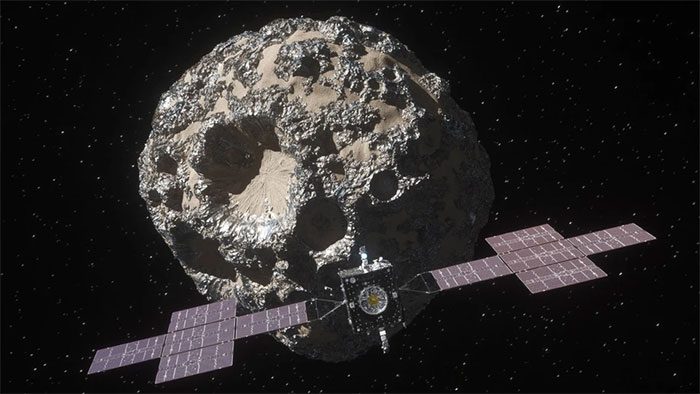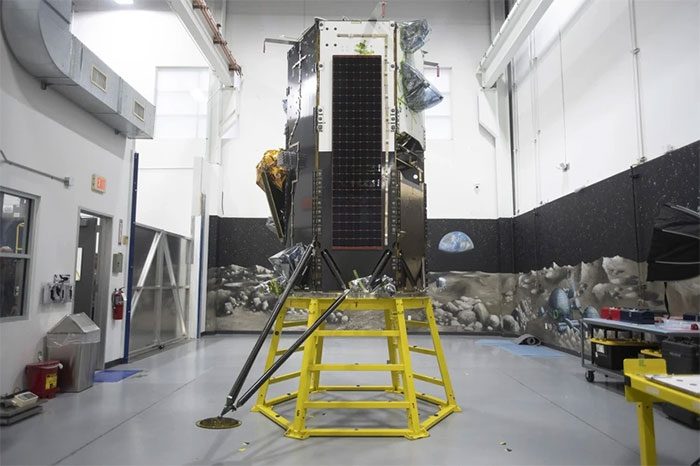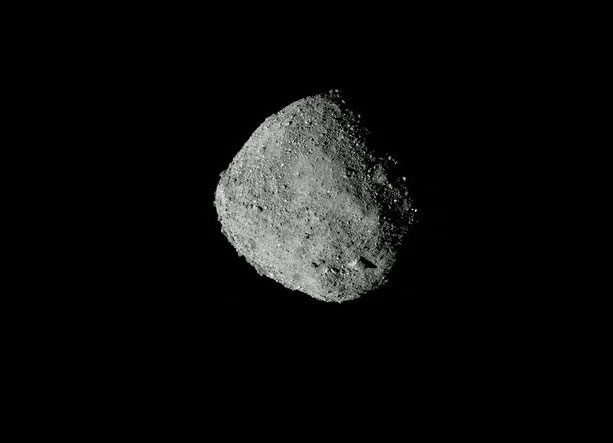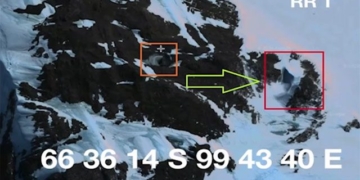A U.S. company plans to send a spacecraft to a solar system asteroid in search of precious metals in 2024.
Recently, AstroForge, a U.S. company, made headlines by announcing its intention to send the Odin spacecraft to a near-Earth asteroid to search for precious metals. If successful, this mission would mark the first pure mineral extraction effort conducted by humans in outer space.
However, all information regarding the asteroid remains confidential. This means that both the destination and the operational scope of the Odin spacecraft in space will not be disclosed.

M-type asteroids are believed to contain precious metals. (Photo: NASA).
Controversial Trends
The undertaking of secret commercial missions has sparked debate in recent years, revealing gaps in space mining regulations and raising concerns about the ethics of space exploration.
“This mission could set a bad precedent. I do not support having objects in the solar system whose exact operational locations are unknown,” stated Jonathan McDowell, an astronomer at the Harvard-Smithsonian Center for Astrophysics.
However, AstroForge disagrees. For the company, it is simply “nobody reveals their hidden gold.”
“Disclosing the asteroid we are targeting could give another organization the opportunity to claim that asteroid,” Matt Gialich, CEO of AstroForge, shared.

Jose Acain and Matt Gialich – founders of AstroForge with ambitions to mine resources from asteroids. (Photo: Ed Carreon/AstroForge).
Following the bankruptcy of two solar system research startups in 2010, asteroid mining was nearly forgotten. Nevertheless, several companies in the U.S., Europe, and China are still striving to enter this field.
Competition has intensified as more aerospace companies emerge. Consequently, the level of secrecy surrounding missions has also increased, leading to many risks.
For instance, in 2019, the Beresheet spacecraft built by Israel crashed during a secret lunar landing. The spacecraft was carrying several thousand tardigrades at the time. The incident raised concerns about lunar contamination, prompting an investigation by the U.S. Federal Aviation Administration.
More recently, another U.S. company, Virgin Galactic, kept the identities of its astronauts on its flight confidential until after the missions were completed, an unprecedented practice for human space exploration.
According to Professor Michelle Hanlon from the University of Mississippi, the United Nations has urged space agencies and companies to publicly disclose all information about their missions in space, but there are no similar regulations for missions taking place within the solar system.
This has raised many complex issues, such as multiple companies mining the same asteroid.
The “All or Nothing” Mission
Odin is the second spacecraft launched into space by AstroForge. Previously, in April 2023, the company launched the Brokkr-1 spacecraft into space for metallurgical testing.
However, on December 11, the company unexpectedly announced that this craft had encountered a problem. AstroForge is “racing against the clock” to ensure that Brokkr-1 completes its mission before becoming lost.
Meanwhile, AstroForge plans for Odin to accompany the Nova-C lander from Intuitive Machines on a robotic mission to the Moon in 2024. This mission is being funded by NASA, with a departure date yet to be set.

The Nova-C lunar lander, accompanying AstroForge’s Odin on the asteroid mining mission. (Photo: Brandon Thibodeaux/The New York Times).
According to AstroForge’s plan, Odin will venture deep beyond the Moon’s orbit. Within a year, the spacecraft will fly past the mysterious asteroid, capturing images and searching for precious metals.
AstroForge is targeting M-type asteroids. These are believed to be remnants of a destroyed planetary core, rich in valuable metals.
Explorations of M-type asteroids are unprecedented. So far, AstroForge has raised $13 million from investors, but completing the mission will require a significantly larger budget.
Additionally, bringing harvested materials back to Earth is also challenging and costly. In September 2023, NASA’s OSIRIS-REx mission returned approximately half a pound of material from an asteroid called Bennu, at a cost of about $1.16 billion.
Moreover, according to scientist Benjamin Weiss from the Massachusetts Institute of Technology, the true nature of M-type asteroids remains unclear.
In 2010, the European Space Agency’s Rosetta spacecraft flew past the M-type asteroid named Lutetia. Scientists discovered that it did not contain the valuable metals that many had assumed.
Nevertheless, AstroForge remains optimistic about its plans. If successful, the company could reap enormous profits.
“By leveraging partner flights, we have sent our spacecraft and satellites along to minimize costs. We hope to achieve a return that justifies the effort put in,” the CEO of the company stated.
However, Stephanie Jarmak, a scientist at the Harvard-Smithsonian Center for Astrophysics, believes companies should be more transparent about their objectives. M-type asteroids offer humanity the opportunity to learn about the early solar system. Therefore, what AstroForge discovers could hold significant scientific value.

M-type asteroids help humanity understand the early solar system. (Photo: NASA).
In response to this argument, the CEO of AstroForge stated that the company will be transparent about its discoveries, except for information regarding the asteroid.
Although AstroForge is determined to keep secrets, many experts can still predict the destination of the Odin spacecraft. Currently, there are about 30,000 known asteroids near Earth. The company has also disclosed that their target is under 330 feet in size and could be reached after approximately one year of travel.
According to Mitch Hunter-Scullion, CEO of Asteroid Mining Corp., a competitor of AstroForge in the UK, these clues have narrowed the list of potential targets down to “about 300 asteroids.”
Among these, the most prominent is asteroid 2010 CD55, which is approximately 270 feet wide, has moderate brightness, and could be accessible from Earth about one year after AstroForge’s launch.




















































